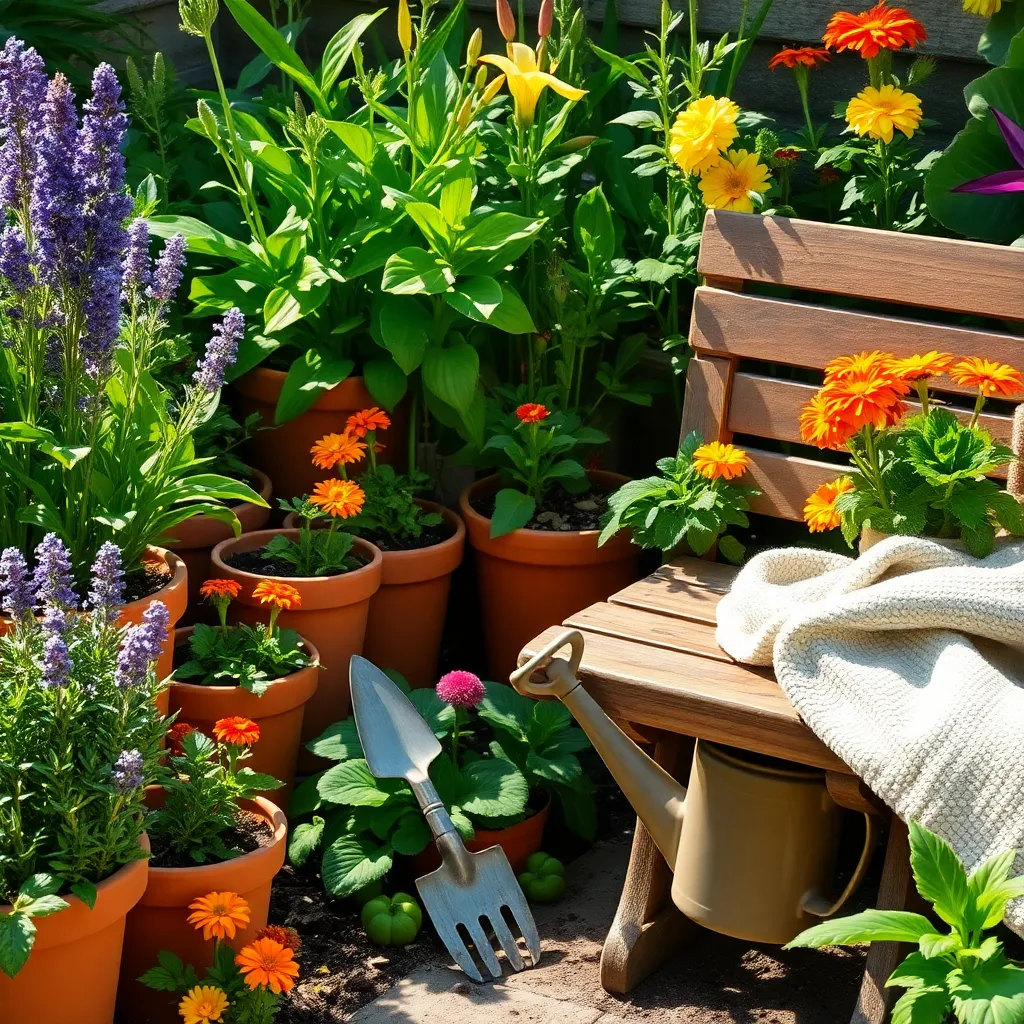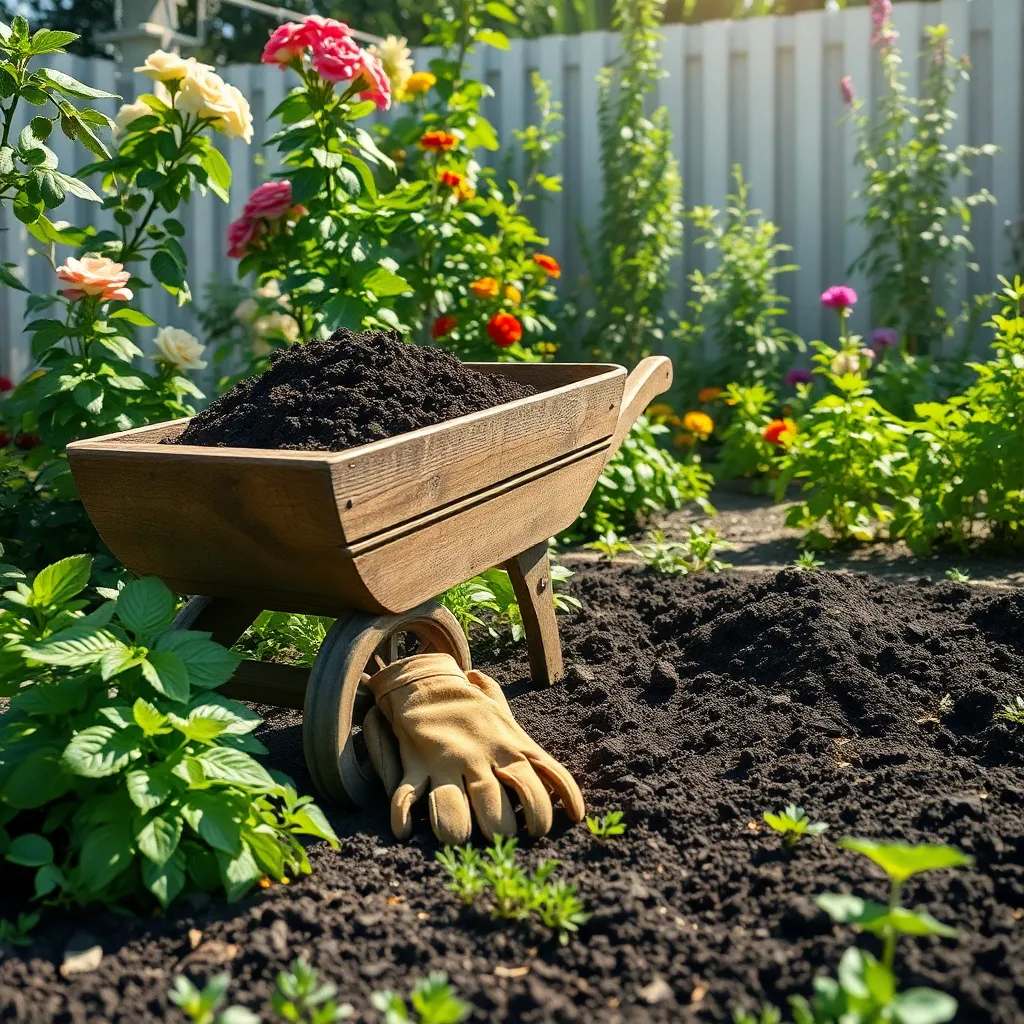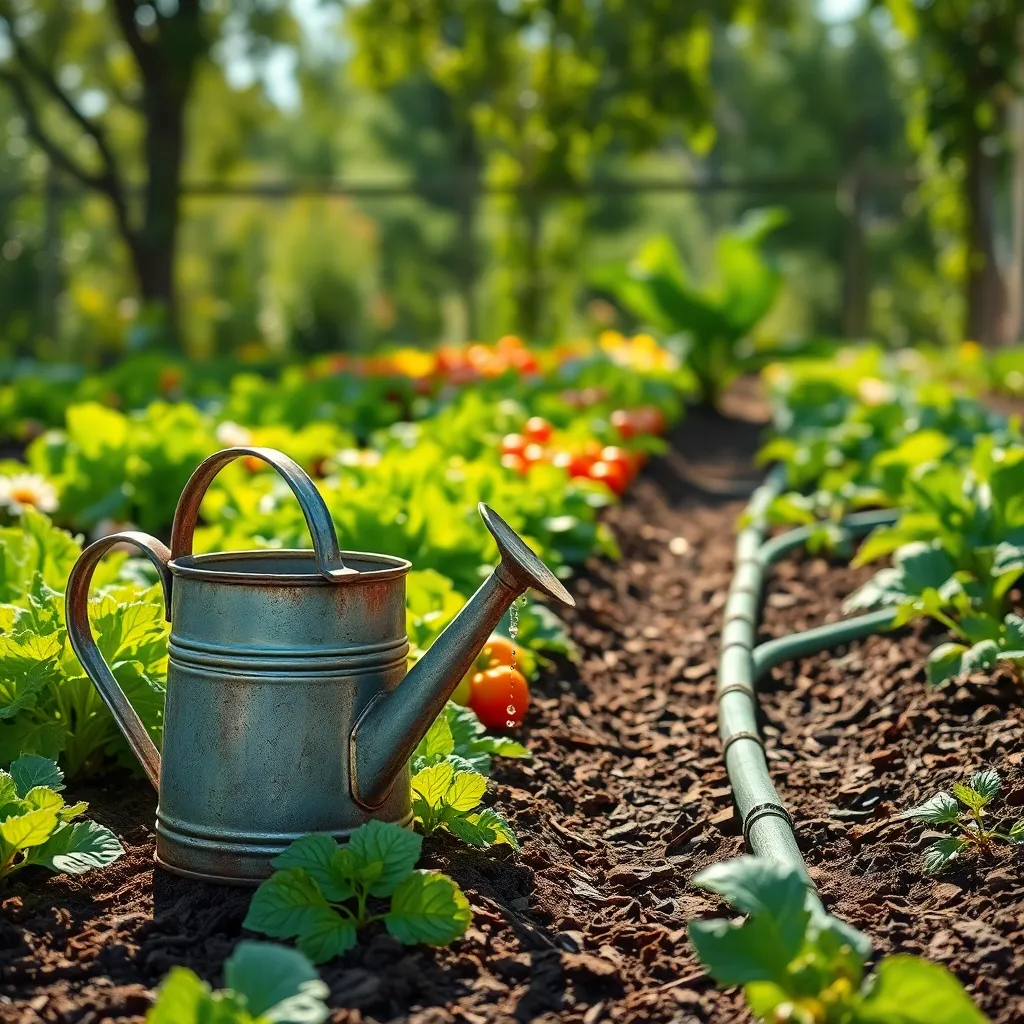Creating a garden that bursts with beauty and charm doesn’t have to empty your wallet. Whether you’re just beginning your gardening journey or have years of experience under your belt, transforming your outdoor space on a budget is not only possible but incredibly rewarding. In this article, we will explore practical strategies to help you cultivate a stunning garden without breaking the bank, proving that creativity and resourcefulness are a gardener’s best tools.
Gardening on a budget encourages you to think outside the conventional flowerpot, embracing innovation and sustainability. From selecting the right plants to repurposing household items, you’ll discover how to make the most of what you already have while achieving the lush landscape you’ve always envisioned. Join us as we dive into tips and tricks that will inspire you to nurture a flourishing garden, filled with life and color, all within a budget-friendly framework.
Plan Your Garden Layout

Before you start planting, it’s essential to map out your garden layout. Consider the sunlight, soil type, and water drainage for each area to ensure your plants thrive.
To get started, sketch a simple plan of your garden space. This will help you visualize where each plant should go based on sun exposure and size.
Grouping plants with similar needs together can save time and resources. For instance, place all your sun-loving plants in one section and shade-tolerant plants in another.
Use pathways to break up the space and make maintenance easier. Pathways not only provide access but also add aesthetic appeal, guiding the eye through your garden.
For a budget-friendly approach, incorporate recycled materials for edging or pathways. Old bricks or stones can be creatively arranged to form attractive borders without extra cost.
Consider companion planting, which is beneficial for pest control and promotes healthy growth. Pairing marigolds with vegetables, for example, can deter pests naturally.
Advanced gardeners might experiment with vertical gardening to maximize space. Using trellises or wall planters can create additional growing areas and add visual interest.
Select Cost-Effective Plants

One of the smartest ways to create a beautiful garden on a budget is by selecting cost-effective plants. Perennials are an excellent choice because they come back year after year, saving you money in the long run. Look for hardy varieties like daylilies, hostas, and coneflowers that thrive in different climates and soil conditions. These plants are not only budget-friendly but also require minimal maintenance, making them perfect for both novice and seasoned gardeners.
Consider incorporating native plants into your garden; they are typically more affordable and better adapted to local conditions. Native plants often require less water and fertilizer, which can significantly reduce your gardening expenses. Research local species that are naturally resistant to pests and diseases, as this will minimize the need for costly chemical treatments. Additionally, these plants attract beneficial pollinators, enhancing the overall biodiversity of your garden.
Annuals, although they last only one season, can provide a burst of color at a low cost. Seeds are much cheaper than buying mature plants, so starting annuals like marigolds, zinnias, and cosmos from seed is a cost-effective strategy. For best results, plant them in well-drained soil with plenty of sunlight, and ensure regular watering to keep them thriving throughout the season. This approach allows you to experiment with different color schemes without a significant financial commitment.
For those with a bit more experience, propagating plants is a fantastic way to expand your garden at no extra cost. Techniques such as cuttings, division, and layering can produce new plants from existing ones. For instance, many perennials, like hostas, can be divided in early spring or fall to create multiple plants. This not only saves money but also helps maintain plant health by preventing overcrowding. Embrace these strategies to enjoy a lush, vibrant garden while staying within your budget.
Prepare Soil with Compost

To create a thriving garden on a budget, enriching your soil with compost is a cost-effective strategy. Compost not only improves soil structure but also provides essential nutrients for plant growth.
Start by collecting kitchen scraps such as vegetable peels, coffee grounds, and eggshells; these make excellent compost materials. Mix these with yard waste like leaves and grass clippings to create a nutrient-rich compost over time.
For beginners, a simple compost pile in a corner of your garden is an easy way to start. Turn the pile every few weeks to aerate it, helping to speed up the decomposition process and prevent odors.
Those with more experience might consider investing in a compost tumbler for quicker results and more efficient composting. Once your compost is ready, usually after several months, incorporate it into your garden soil to enhance its fertility.
To apply, spread a layer of compost about an inch thick over the surface of your garden beds and gently work it into the top few inches of soil. This practice not only feeds your plants but also helps retain soil moisture, reducing the need for frequent watering.
Utilize Recycled Garden Materials

Creating a beautiful garden on a budget can be both rewarding and environmentally friendly by utilizing recycled garden materials. Start by repurposing items you already have at home, such as using old wooden pallets to build raised beds or garden fences. These materials are not only cost-effective but also add a rustic charm to your garden space.
Consider using empty plastic bottles as drip irrigation systems to conserve water while ensuring your plants are well-hydrated. Simply puncture small holes in the bottle, bury it next to your plants, and fill with water for a slow-release system. This technique is particularly useful for drought-tolerant plants, like succulents, which thrive with less frequent watering.
Old tires can be transformed into colorful planters that provide excellent drainage and warmth for your plants. Paint them in vibrant colors to add a playful touch, and consider planting heat-loving crops like tomatoes and peppers. By reusing these materials, you not only cut down on costs but also contribute to a more sustainable gardening practice.
For advanced gardeners, consider building a compost bin from discarded wooden pallets. This will allow you to create nutrient-rich compost for your garden beds, enhancing soil fertility naturally. Using compost improves the soil structure, increases microbial activity, and can reduce the need for chemical fertilizers.
Implement Efficient Watering Techniques

Efficient watering techniques are essential for maintaining a beautiful garden without breaking the bank. One simple method is to water early in the morning or late in the afternoon to minimize evaporation and ensure plants receive the moisture they need.
Investing in a rain barrel can significantly reduce your water bill and help conserve resources. Rainwater is naturally soft and free of chemicals, making it ideal for nourishing your garden plants.
Drip irrigation systems are an excellent choice for those looking to water efficiently. These systems deliver water directly to the plant’s roots, reducing water waste and promoting healthier growth.
For those with smaller gardens or pots, using a watering can allows for precise control over the amount of water each plant receives. Always check the soil moisture by sticking your finger an inch into the soil; if it feels dry, it’s time to water.
Conclusion: Growing Success with These Plants
In nurturing both gardens and relationships, the right approach can yield beautiful, lasting growth. This article explored five key concepts: prioritizing communication, setting shared goals, fostering creativity together, embracing patience, and cultivating appreciation. By applying these principles, you can transform both your garden and your relationship into vibrant sources of joy.
As an immediate step, consider setting aside some time this week to discuss a shared vision for your garden—or any project you both care about. This will not only strengthen your bond but also align your efforts towards a common goal. Remember, the seeds of communication you plant today will blossom into understanding and partnership tomorrow.
Don’t let these valuable insights fade away—bookmark this article now, so you can revisit and reinforce these concepts as you continue to nurture your relationship. As you move forward, remember that the love and attention you invest today are the cornerstones of a flourishing, resilient relationship tomorrow. With intention and care, you have the power to cultivate a life shared with beauty and harmony.

